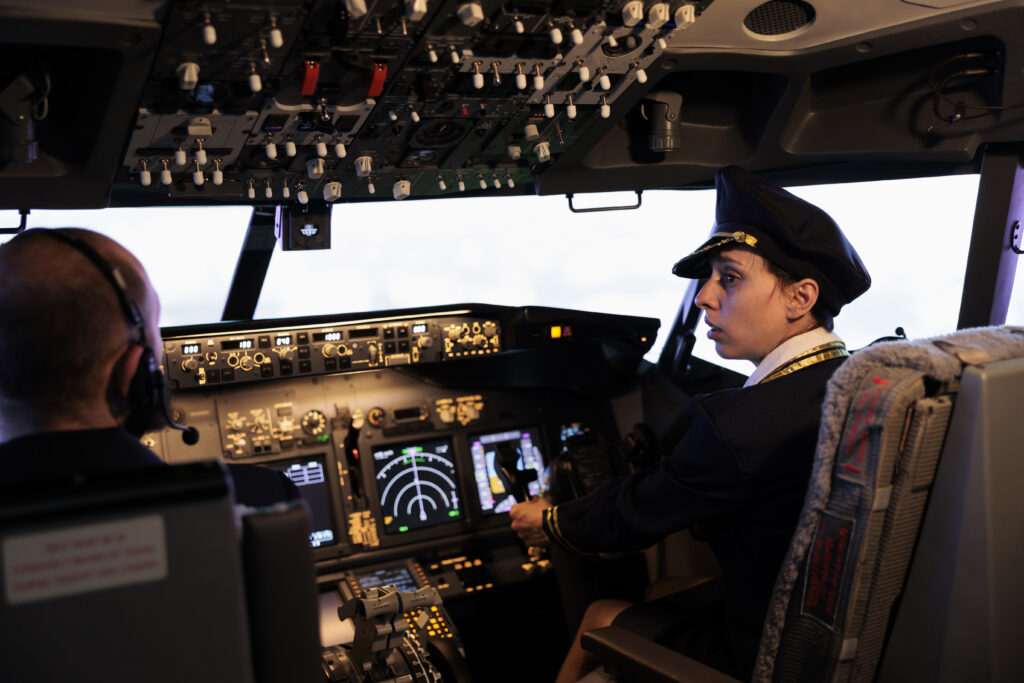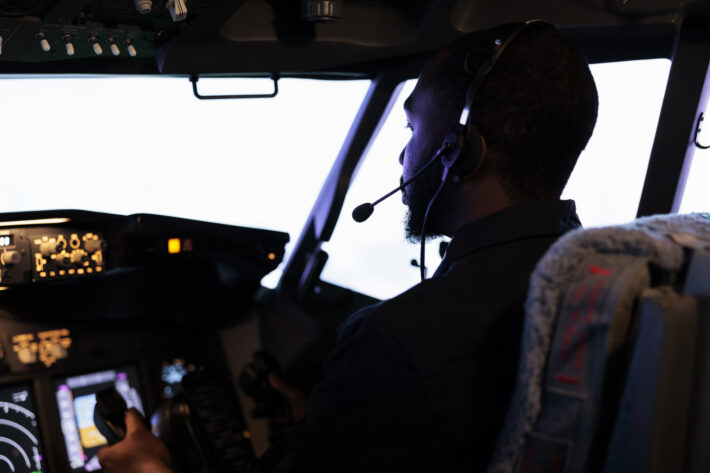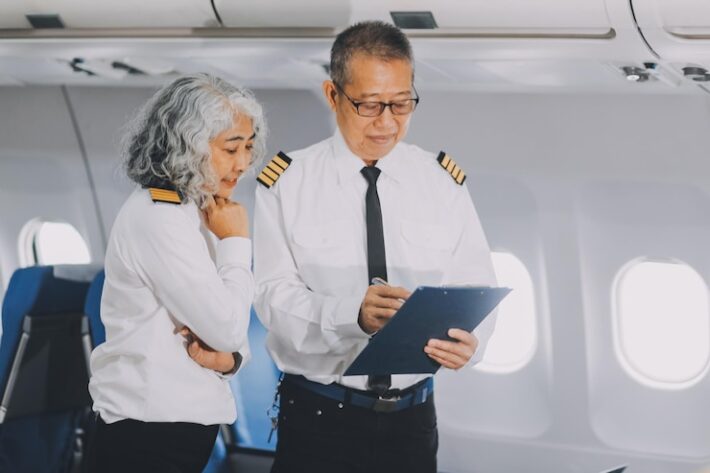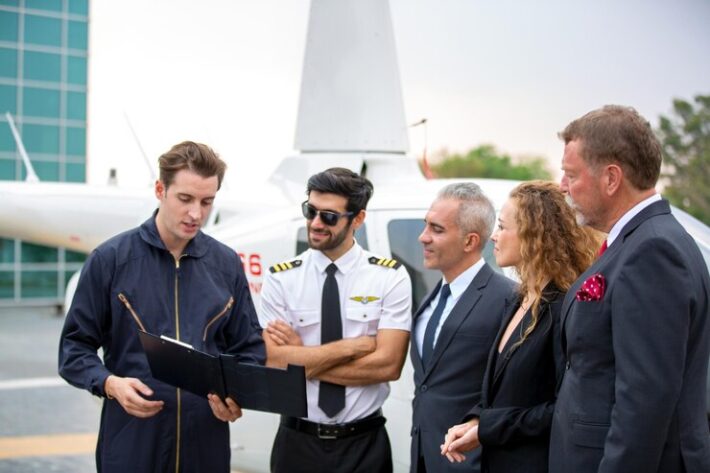How to Reduce the Cost of Flying Through Sharing: A Pilot’s Guide

Flying is an incredible passion, but it’s no secret that aviation comes with a significant price tag. For many pilots, the cost of aircraft rental, fuel, and maintenance can limit flying time and enjoyment. This comprehensive guide explores how cost sharing can dramatically reduce your flying expenses while enhancing your aviation experience.
The Economics of Flying: Understanding the Challenge
The financial reality of aviation presents a substantial barrier for many pilots. According to the Aircraft Owners and Pilots Association (AOPA), the average hourly cost of renting a single-engine aircraft ranges from $150-$250, with ownership costs often exceeding $15,000 annually for even modest aircraft.
These figures don’t include the additional expenses of training, currency maintenance, insurance, and unexpected maintenance. For many aviation enthusiasts, these costs can mean the difference between flying regularly and watching from the ground.
“Cost sharing isn’t just about saving money—it’s about creating a more sustainable approach to aviation that allows more pilots to fly more often while building valuable connections in the aviation community.” – James Wilson, Flight Instructor and Aviation Economist
The Power of Shared Expenses: Breaking Down the Numbers
Let’s examine how cost sharing transforms the economics of flying with some realistic scenarios:
Scenario 1: Weekend Cross-Country Flight
Aircraft: Cessna 172
Duration: 4-hour round trip
Standard Rental Rate: $180/hour
| Expense Category | Solo Cost | Shared with 1 Pilot | Shared with 3 People |
|---|---|---|---|
| Aircraft Rental | $720 | $360 | $180 |
| Fuel Surcharge | $80 | $40 | $20 |
| Landing Fees | $30 | $15 | $7.50 |
| Total Per Person | $830 | $415 | $207.50 |
| Cost Reduction | – | 50% | 75% |
Scenario 2: Monthly Flying Budget Comparison
Monthly Flying Budget: $1,000
| Approach | Solo Flying | With Cost Sharing |
|---|---|---|
| Hours Possible | 5.5 hours | 11 hours |
| Cross-Country Trips | 1 trip | 2-3 trips |
| Annual Flight Hours | 66 hours | 132 hours |
| Progress Toward Commercial (250 hrs) | 3.8 years | 1.9 years |
These examples illustrate how cost sharing can potentially double your flying time within the same budget or cut your expenses in half while maintaining the same amount of flying.
Legal Framework: Understanding FAA Cost Sharing Regulations
Before implementing any cost sharing arrangement, it’s essential to understand the regulatory framework:
Private Pilot Cost Sharing Rules
Under 14 CFR § 61.113(c), private pilots may share the operating expenses of a flight with passengers provided:
- The pilot pays a pro-rata share of the operating expenses
- The pilot doesn’t pay less than an equal share of operating expenses
- The flight has a common purpose shared by all occupants
- The pilot receives no compensation beyond the sharing of expenses
What Constitutes “Operating Expenses”?
The FAA recognizes these costs as legitimate shareable operating expenses:
- Aircraft rental fees
- Fuel and oil
- Airport fees (landing fees, parking)
- Pre-flight inspection costs
- Per-hour maintenance reserves (if part of the rental agreement)
Expenses that typically cannot be shared include:
- Pilot’s time or services
- Aircraft acquisition costs (if owned)
- Annual inspection costs
- Insurance premiums
- Hangar rental (unless directly related to the specific flight)
The “Common Purpose” Requirement
The “common purpose” doctrine is crucial for legal cost sharing:
- All participants must share the same reason for making the flight
- The destination must be chosen by mutual agreement
- The flight wouldn’t occur without this shared purpose
- The pilot cannot be traveling solely to transport passengers
Cost Sharing Models: Finding the Right Approach
Several cost sharing models exist, each with distinct advantages and considerations:
1. Flight-by-Flight Cost Sharing
What it is: Dividing expenses for individual flights with passengers or co-pilots.
Best for:
- Occasional flyers
- Pilots with varying schedules
- Those testing compatibility with potential regular partners
Implementation tips:
- Use platforms like PilotPair to find compatible partners
- Clearly document how expenses will be calculated and divided
- Establish payment timing (before or after the flight)
- Create a simple agreement template for consistency
2. Flying Clubs
What it is: Formal organizations where members share access to aircraft and divide fixed costs.
Best for:
- Regular flyers seeking consistent access
- Pilots wanting both cost savings and community
- Those interested in access to multiple aircraft types
Implementation tips:
- Research existing clubs through the AOPA Flying Club Finder
- Understand membership requirements and fee structures
- Evaluate the club’s financial health and aircraft maintenance practices
- Consider starting a new club if none exist in your area
3. Aircraft Partnerships/Co-Ownership
What it is: Shared ownership of an aircraft among multiple pilots.
Best for:
- Frequent flyers
- Long-term cost reduction
- Those seeking equity in an asset
Implementation tips:
- Create a formal partnership agreement with legal assistance
- Establish clear usage policies and scheduling procedures
- Develop a reserve fund for maintenance and unexpected expenses
- Consider an LLC structure for liability protection
4. Shared Instruction Costs
What it is: Dividing the cost of flight instruction among multiple students.
Best for:
- Student pilots
- Pilots pursuing advanced ratings
- Those combining ground instruction with flight training
Implementation tips:
- Find students at similar training stages
- Coordinate with instructors willing to teach small groups
- Alternate observation and flying roles
- Share costs of ground instruction and simulator time
Finding Compatible Cost Sharing Partners
The success of any cost sharing arrangement depends heavily on finding the right partners:
Qualities to Look For
- Reliability and punctuality
- Compatible flying goals and interests
- Similar risk tolerance and decision-making approach
- Financial stability
- Communication skills
- Flexibility when plans change
- Comparable experience level (or complementary skills)
Where to Find Partners
- Digital platforms like PilotPair that match pilots based on compatibility
- Local flight schools and FBOs
- Aviation organizations (EAA, AOPA, flying clubs)
- Aviation safety seminars and workshops
- Social media groups focused on regional aviation
- Airport community events
Vetting Potential Partners
Before committing to a cost sharing arrangement:
- Verify credentials – Check licenses, ratings, and currency
- Discuss experience specifically – Hours, aircraft types, recent flying activity
- Clarify expectations – Flying goals, scheduling preferences, financial arrangements
- Start small – Begin with a short flight before committing to longer arrangements
- Establish communication protocols – How you’ll handle scheduling, weather decisions, etc.
- Discuss decision-making authority – Who makes the final call on weather, diversions, etc.
Practical Implementation: Making Cost Sharing Work
Creating Clear Agreements
While informal arrangements might work for occasional flights, regular cost sharing benefits from proper documentation:
- Cost Sharing Agreement – Outlines how expenses will be calculated and divided
- Partnership Agreement (for co-ownership) – Addresses usage rights, maintenance responsibilities, and exit procedures
- Scheduling System – Establishes how aircraft time is allocated
- Expense Tracking – Documents all shared costs and payments
Sample Cost Sharing Agreement Elements
A basic cost sharing agreement should include:
- Names and contact information of all parties
- Aircraft information (type, N-number if applicable)
- Specific expenses to be shared and calculation method
- Payment procedures and timing
- Cancellation policies
- Scheduling procedures
- Insurance requirements
- Dispute resolution process
Digital Tools for Managing Cost Sharing
Several applications can streamline cost sharing management:
- Expense Tracking Apps like Splitwise or Venmo
- Scheduling Software like Schedule Master or Flight Circle
- Digital Logbooks with sharing features
- Communication Platforms for coordinating flights
Creative Cost Sharing Strategies
Beyond basic expense sharing, consider these innovative approaches:
1. Destination Rotation System
How it works: Partners take turns selecting destinations, with everyone sharing costs regardless of personal interest in each location.
Benefits:
- Exposes everyone to new places
- Creates fairness in destination selection
- Builds flying experience in diverse locations
2. Skill Exchange Programs
How it works: Pilots with different skills or ratings exchange expertise instead of money.
Examples:
- A CFI provides instruction in exchange for shared aircraft costs
- A mechanic contributes maintenance skills in lieu of some financial contribution
- A photographer provides professional aerial photography in exchange for flight time
3. Group Fuel Purchases
How it works: Multiple pilots or flying groups purchase fuel in bulk at discounted rates.
Implementation:
- Coordinate with local FBOs for group discounts
- Utilize fuel discount programs collectively
- Share costs of fuel ferrying to airports with lower prices
4. Maintenance Cooperatives
How it works: Multiple aircraft owners share tools, workspace, and expertise for owner-assisted maintenance.
Benefits:
- Reduced maintenance costs
- Knowledge sharing among owners
- More thorough and frequent preventive maintenance
Maximizing the Benefits of Cost Sharing
Financial Optimization
- Track all expenses meticulously – Use digital tools to record every cost
- Analyze cost patterns – Identify opportunities for further savings
- Implement graduated sharing models – Adjust shares based on pilot role or experience
- Bundle related expenses – Combine aircraft rental with instruction or maintenance
- Leverage group purchasing power – Negotiate discounts based on combined flying hours
Experience Enhancement
Cost sharing isn’t just about saving money—it can significantly enhance your flying experience:
- Skill development – Learn from other pilots’ techniques and knowledge
- Reduced workload – Share pilot responsibilities on longer flights
- Expanded destinations – Visit places that might be too costly to reach alone
- Increased safety – Benefit from multiple perspectives in decision-making
- Community building – Develop lasting friendships around shared passion
Overcoming Common Cost Sharing Challenges
Scheduling Conflicts
Prevention strategies:
- Implement a digital scheduling system with clear policies
- Establish priority rules for high-demand periods
- Create a minimum advance booking window
Resolution approaches:
- Develop a fair system for resolving competing requests
- Consider time banking for equitable access
- Implement trading mechanisms for flexibility
Financial Disputes
Prevention strategies:
- Clear, written financial agreements
- Transparent expense tracking
- Regular financial reviews
Resolution approaches:
- Designated financial manager role
- Escrow accounts for major expenses
- Formal dispute resolution procedures
Personality Conflicts
Prevention strategies:
- Thorough vetting before formal arrangements
- Clear communication about expectations and flying styles
- Regular check-ins about partnership satisfaction
Resolution approaches:
- Structured feedback sessions
- Third-party mediation when needed
- Clean exit procedures when partnerships aren’t working
Regional Considerations for Cost Sharing
Cost sharing opportunities and challenges vary by region:
Urban Areas
Advantages:
- Larger pool of potential partners
- Multiple airports and aircraft options
- Diverse flying goals and schedules
Strategies:
- Be specific about your preferences and requirements
- Consider partners based at different airports to expand options
- Leverage technology for efficient partner matching
Rural Areas
Advantages:
- Closer-knit aviation community
- Often lower overall costs
- Less complex airspace
Strategies:
- Cast a wider geographic net for potential partners
- Consider longer-term arrangements due to fewer options
- Combine cost sharing with other value exchanges
The Future of Aviation Cost Sharing
The landscape of cost sharing continues to evolve:
Emerging Models
- Fractional Ownership – Professional management of shared aircraft
- Peer-to-Peer Aircraft Rental – Platforms connecting aircraft owners with renters
- Subscription-Based Flying – Monthly membership for access to aircraft fleets
- Digital Matching Platforms – AI-powered partner matching based on compatibility
Technological Advancements
New technologies are making cost sharing more accessible and efficient:
- Blockchain for transparent expense tracking
- Advanced scheduling algorithms
- Digital payment integration
- Virtual aircraft tours for partner matching
Conclusion: Making Flying More Affordable Through Sharing
Cost sharing represents one of the most effective strategies for making aviation more accessible and sustainable. By dividing expenses among multiple participants, pilots can significantly reduce their per-hour costs while building community and enhancing their flying experience.
The key to successful cost sharing lies in finding compatible partners, establishing clear agreements, and maintaining transparent communication. With the right approach, cost sharing can transform aviation from an occasional luxury into a regular part of your lifestyle.
Whether you’re a student pilot looking to build hours more affordably or an aircraft owner seeking to reduce fixed costs, the principles of effective cost sharing remain the same: fairness, clarity, and mutual benefit.
How have you reduced your flying costs through sharing? Share your experiences and questions in the comments below!
Looking for cost-sharing partners? Join PilotPair today to connect with compatible pilots in your area.




